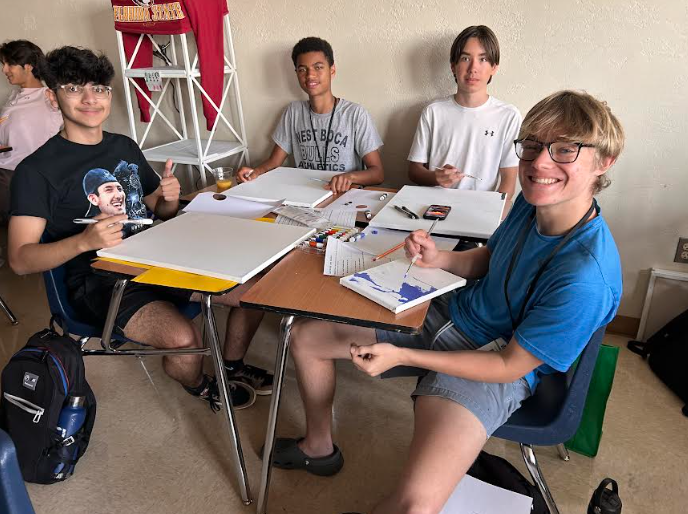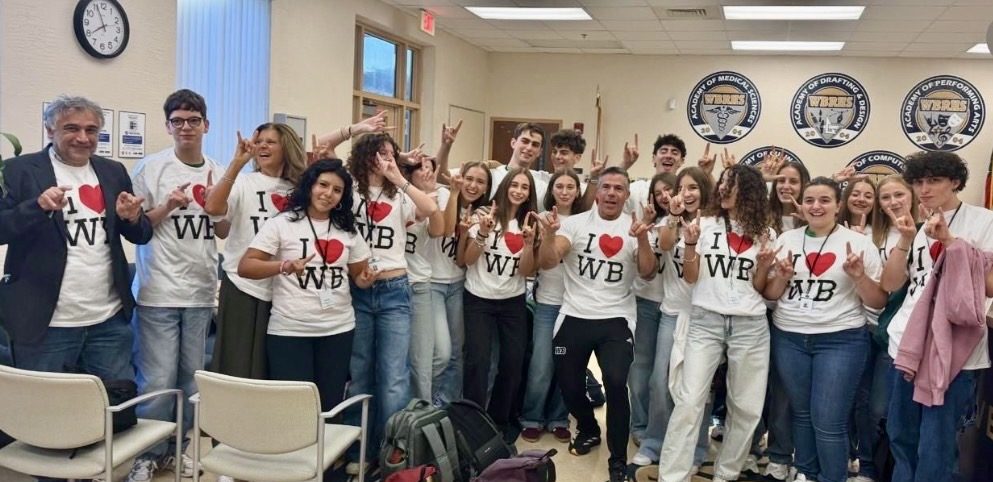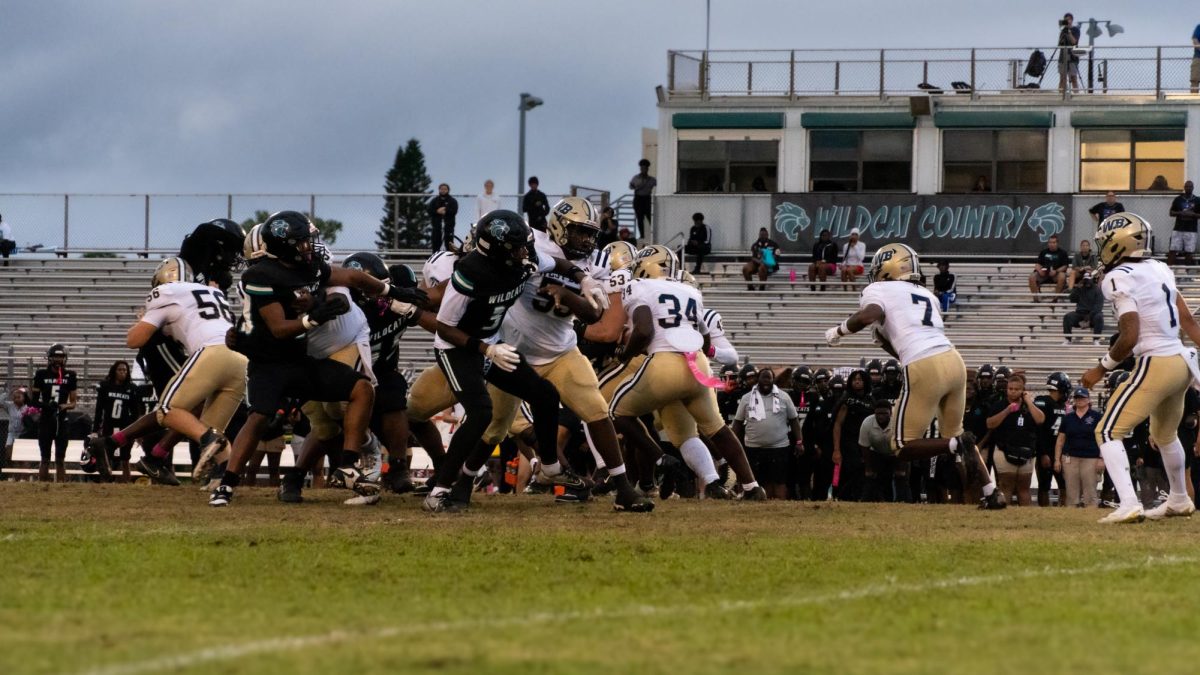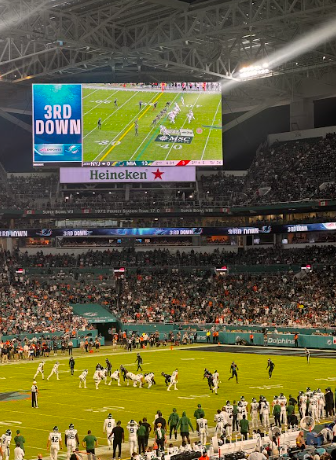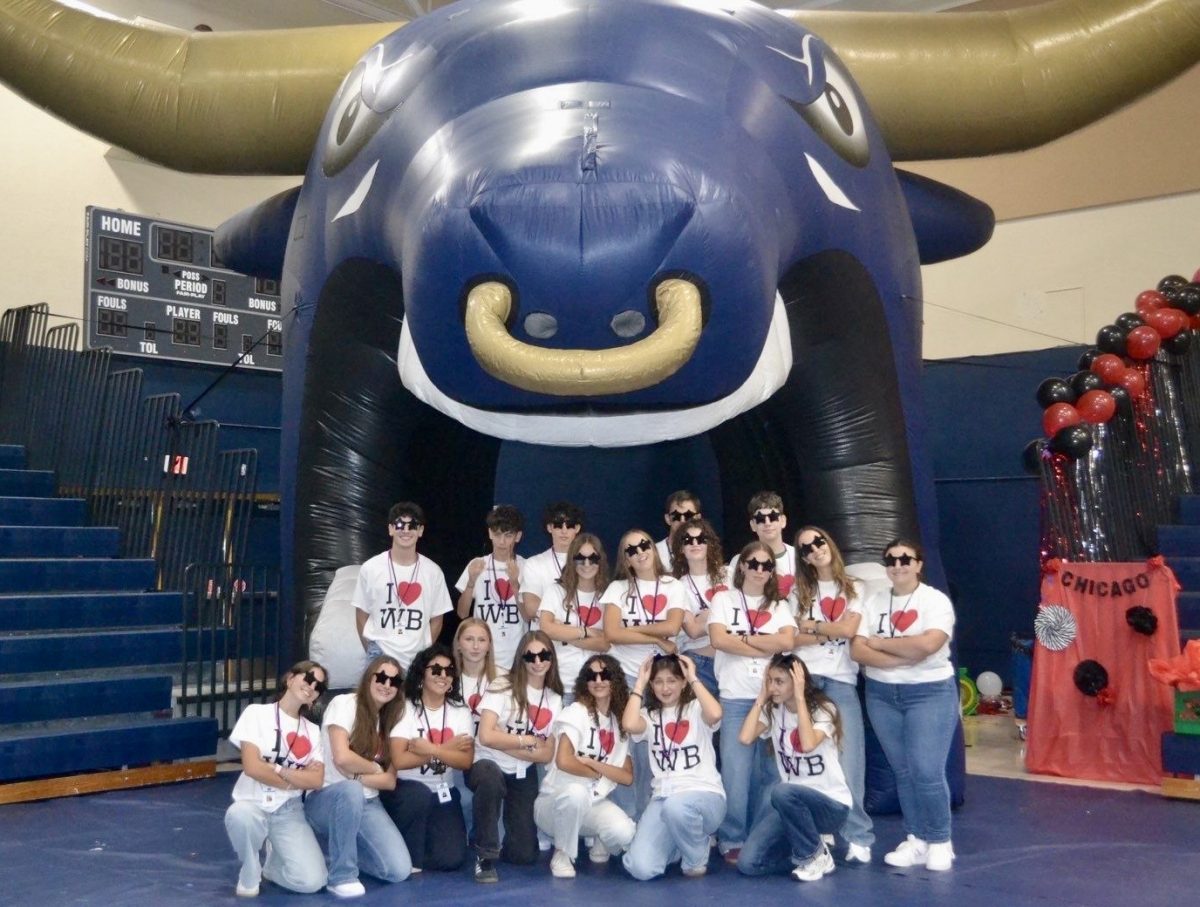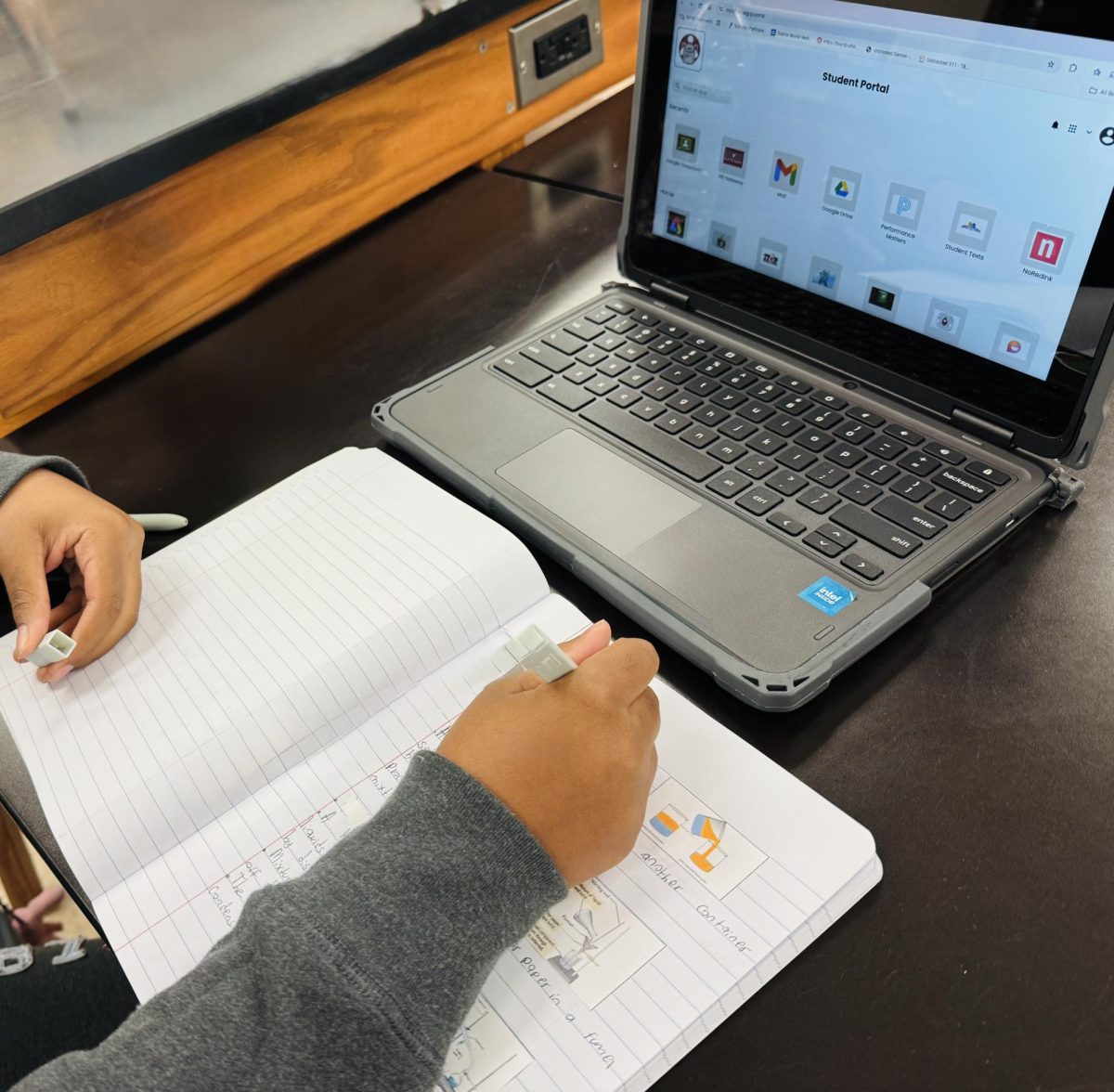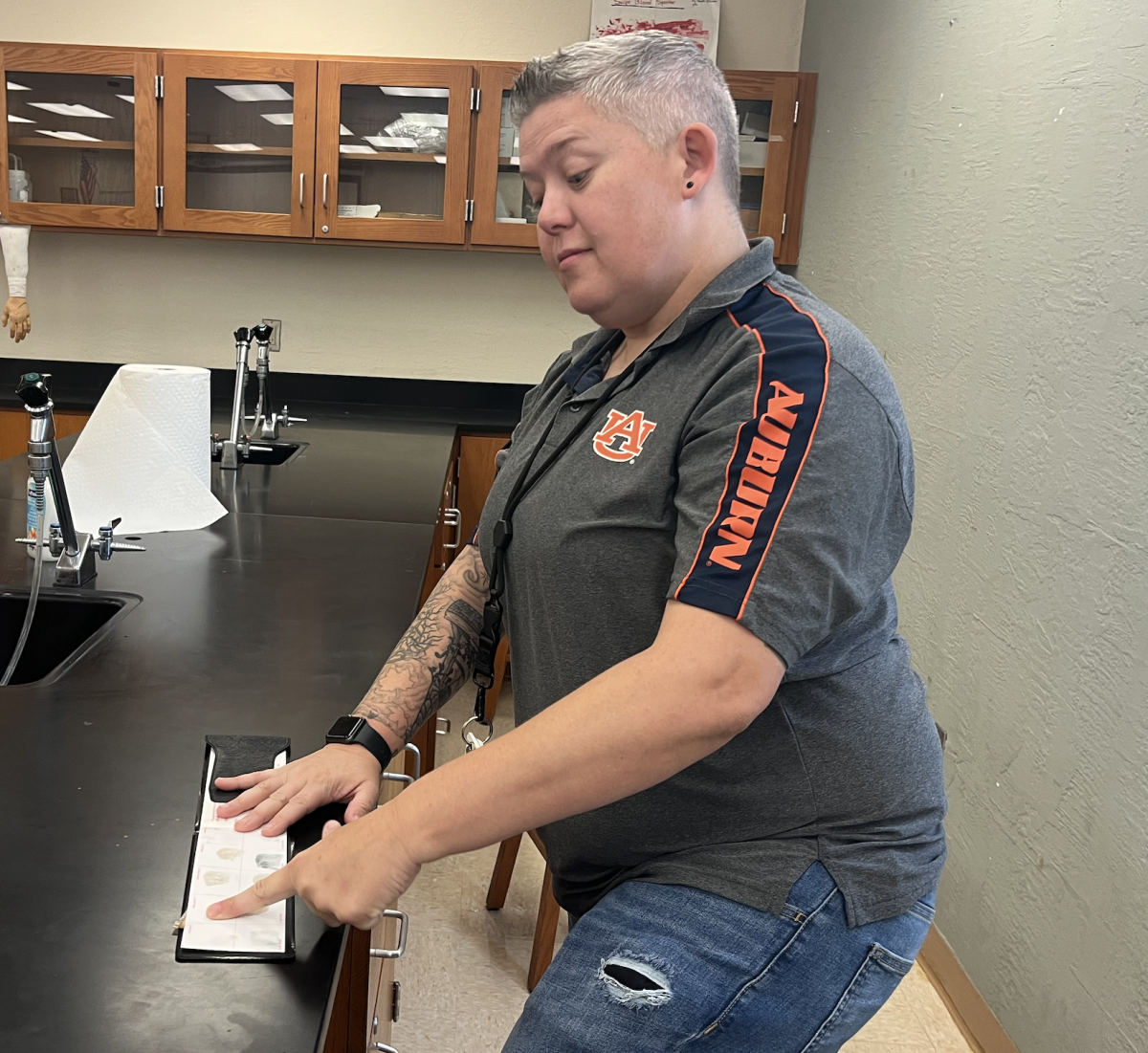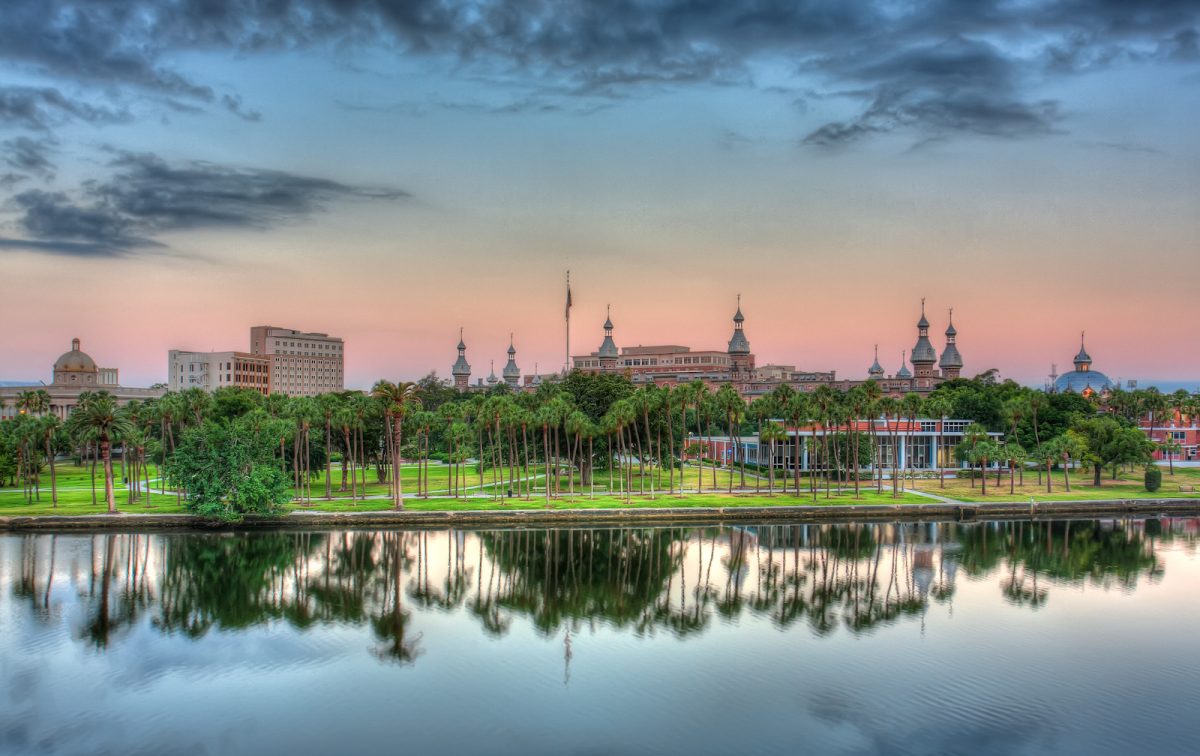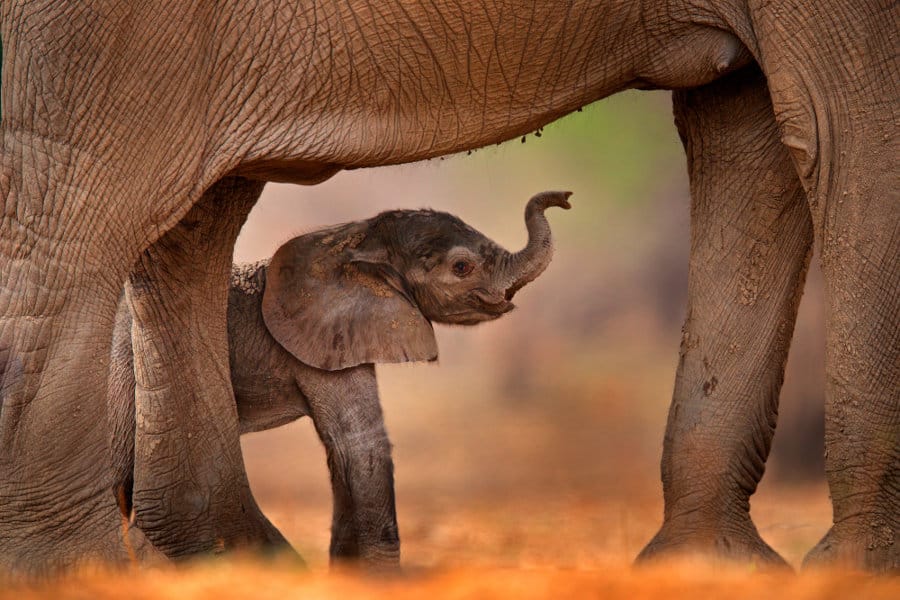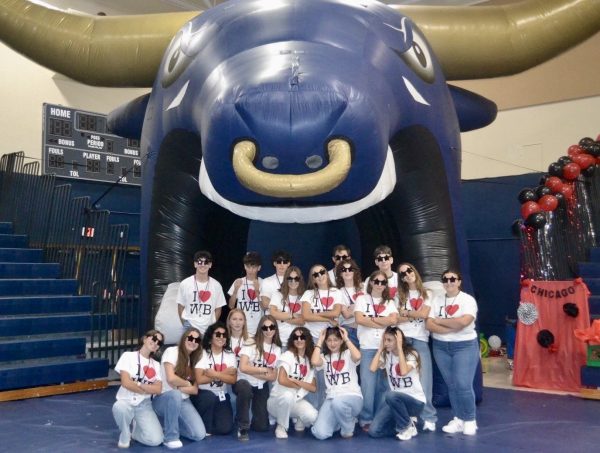The Importance of Wildlife Conservation
February 23, 2023
Wildlife Conservation is the protection and preservation of plant and animal species and their habitats. Wildlife conservation is essential to, not only the survival of the life being protected, but for our world as a whole. If you have ever watched The Lion King, you have heard them talk about the circle of life with great importance; they were not exaggerating. If you take a piece of that circle out, then it has a ripple effect. A great example of a disruption of the circle is when the wolves of Yellowstone were reintroduced after dying off due to factors such as hunting. In the wolves’ absence, animals such as the songbirds left, and the elk populations got very large; as a result, the ecosystem began to suffer due to the overgrazing. When the wolves were reintroduced, the park started to come alive again because the balance was restored.
A few animals that are currently endangered or vulnerable are: elephants, lions, and dolphins. All of these animals are essential to their environment and their deaths will take a huge toll. Elephants are largely killed by poachers for their ivory. The ivory trade generates billions of dollars a year. Lions are poached for certain body parts of theirs and dolphins are killed for their fins or for being a nuisance.
It is estimated that one hundred elephants in Africa are killed a day by poachers for their ivory. Elephants are what is known as a keystone species. Elephants are essential to the survival of their ecosystems. Elephants create holes in the ground with their tusks during the dry season, creating new water sources. They create savannas by flattening shrubland, and disperse seeds through their dung. The seeds in the elephant’s dung feed baboons and provide for dung beetles. Some of the seeds will also be fertilized and grow into trees.
Around 600 lions are killed a year. Lions are another species that are essential to their environment. Lions are being killed by poachers, lack of space, and people protecting livestock from potentially becoming prey. Lions serve as “wildlife management” as an article from the Nature Conservancy said. Lions provide food for other animals (specifically scavengers) with what they leave behind from their kills. Lions, similarly to the wolves, keep the balance in their environments.
Hundreds of thousands of dolphins and whales are killed each year. Dolphins are another animal that keeps the balance in their environments. Factors such as fishing practices, pollution, cultural traditions, and being sold to aquariums are what threaten dolphins in their environments. Without dolphins the food chain would be disrupted and the animals they prey on would increase in number. This is another situation that can be compared to the Yellowstone wolves circumstance.
Killing these animals is not the only issue concerning preserving the animals and their environments. Keeping wild animals in captivity, whether as pets, circuses, or zoos, is still inflicting harm on their environments. The animals are absent from their natural habitats. There are animals who cannot live in the wild because of the time they have been away or for abuse they have suffered. Baby animals, such as baby elephants, are commonly orphaned by the killing of their parents; which leaves them to learn how to survive all by themselves with no protection. Thankfully, there are organizations that protect, save, or rehabilitate these animals and are trying to fight for wildlife conservation. Organizations for wildlife conservation are: Whale and Dolphin Conservation, The Born Free Foundation, the Ewaso Lions Foundation, and Save the Elephants. To donate or learn more about these organizations here are the links down below.
https://www.savetheelephants.org/

